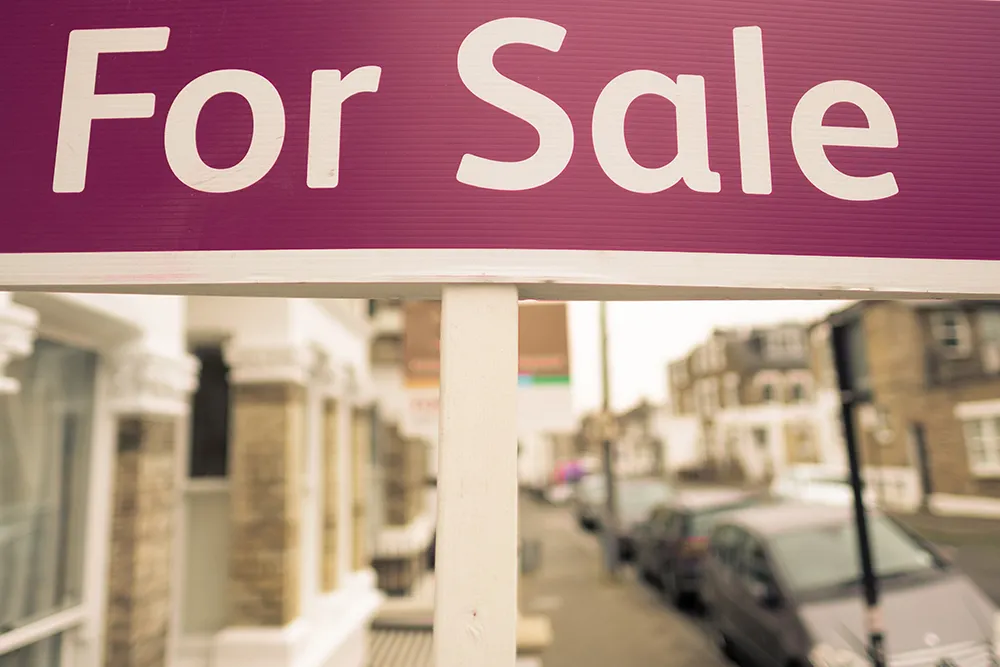
English housing stock has lifted 2.1 million homes, or 9%, to 25.4 million over the last decade, but over half of owner-occupied homes are classed as under-occupied, with two or more spare bedrooms.
Around 53% of homes were labelled as under-occupied in 2023, according to a Nationwide report, which jumps to 87% of owner-occupied properties in England that have at least one spare bedroom.
“The proportion of under-occupied properties has been trending up over time,” the study adds.
By contrast, in the private rented sector, only 16% of properties are under-occupied, says the mutual’s survey: Lock, stock and new solar panels: the changing face of housing stock.
In the social rented sector, “overcrowding is more of a concern”, says the study, with 8% of properties classified as overcrowded — households are classed as overcrowded if they have fewer bedrooms available than the notional number needed, according to the bedroom standard definition.
Trinity Financial products and communications director Aaron Strutt says: “The government really needs to do more to incentivise homeowners to let a spare room. It is total madness that there is so much talk of a lack of new homes being built when many people have two or three spare bedrooms.
“If the Chancellor [Rachel Reeves] is going to announce changes to stamp duty and add taxes for homeowners in the budget, there really should be some consideration for the huge number of spare rooms available.
“Tempting more people to let a room to someone suitable would also help councils already struggling to cope with their housing bills.”
The report also finds that there is “significant variation” in green credentials across different tenure types.
It says that energy efficiency “is typically much better in the social rented sector, due in part to tighter regulation”.
It points out that 72% of properties in the social rented sector have an energy performance certificate rating of A to C, compared with 48% in the private rented sector.
The owner-occupier sector is broadly similar to private rented, with 49% rated A to C.
The survey says: “Over the past 10 years, energy efficiency has improved across the stock thanks to the higher efficiency ratings of newly built properties and the improvements carried out on many existing homes, such as loft and cavity wall insulation.”
It adds that green technologies such as air source heat pumps “are expected to play a greater role in future” in terms of improving the efficiency of the housing stock.
But the report points out that “these are currently quite a rare feature, with only 276,000 dwellings in England using a heat pump as the primary heating system — 1.1% of total stock.
“A higher proportion of rural dwellings have a heat pump, 7.6%, compared to urban, 0.5% of dwellings, which probably reflects more limited access to mains gas networks.”
The uptake of solar panels is brighter, the study says.
There are 1.5 million homes in England with photovoltaic solar panels — nearly 6% of dwellings. Over 15% of properties built in the last 10 years have a photovoltaic panel.
The survey adds: “Another feature that is likely to become more widespread over time is access to electric vehicle charging. Currently, 1.8 million homes have access to an electric vehicle charge point — around 7% of the total stock.
“Again, this tends to be a feature of more recently built properties, with around 20% of dwellings built post-2012 having access to an electric vehicle charge point.”



